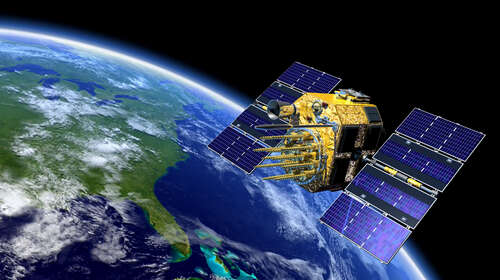
Satellites are home to different kinds of sensors, but not many can reliably read the chemical composition of crops. But there’s a class of tools — specifically the hyperspectral instrument installed on the Prisma 2 mission managed by the Italian Space Agency, and the multi-spectral system fitted on the Copernicus Sentinel-2 mission — that can do the job. For the latest research, which has been published in the Remote Sensing of Environment Journal, a team of scientists relied on these sensor readings to analyze corn, rice, soybean, and wheat fields in Italy’s Po Valley region.
The team picked a small batch of important crop minerals that were identified in the spectrum analysis by the satellite-mounted sensors and then compared them to the results they obtained from lab analysis of the grains. The satellite analysis was done at three core stages of the crop cycle — vegetative, reproductive, and maturity — in 2020. This unique approach to predicting the macronutrient and micronutrient content of a growing food crop yielded positive results for important elements such as potassium, phosphorus, magnesium, and iron.
The accuracy of nutrient prediction in growing food crop fields using satellite data was found to be promising in the case of wheat and soybean. However, when it came to analyzing minerals like calcium and nitrogen across four of the target crops mentioned above, the accuracy was not particularly high, especially in the cases of corn and rice.

